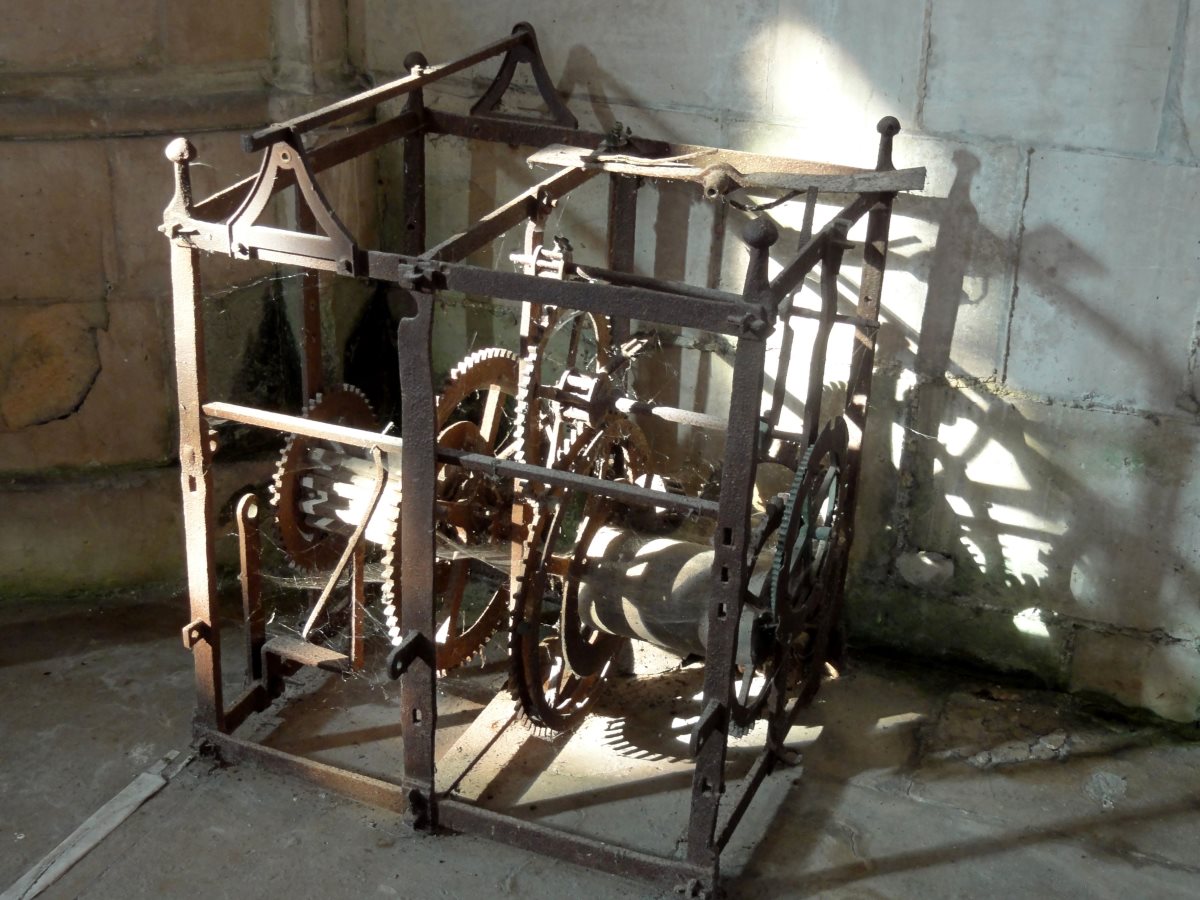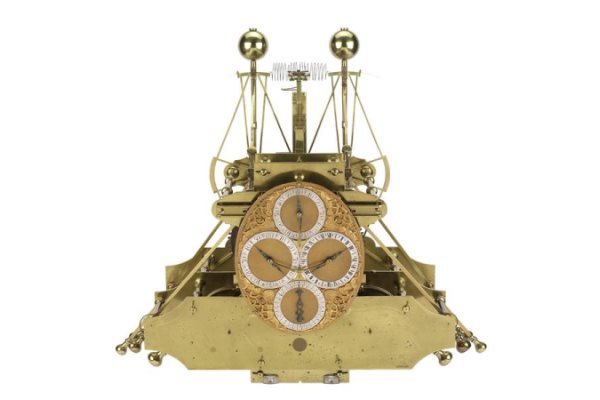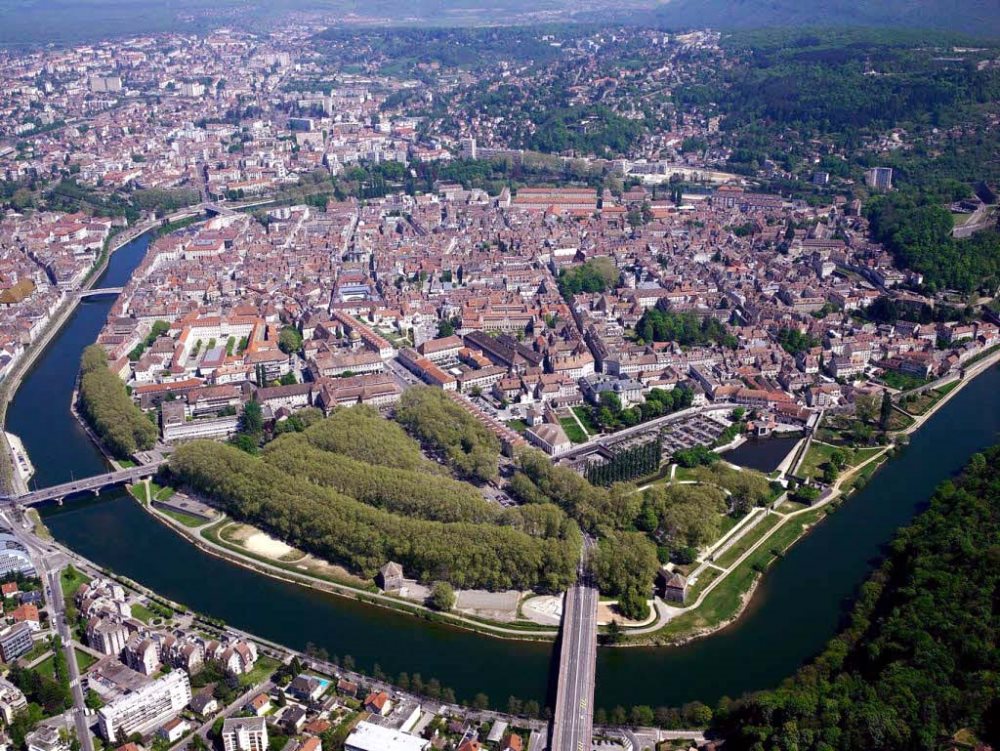Did you know ? It is France that has seen the birth of the modern watchmaking industry, as it has developed since the 15th century, and as it continues to spread its know-how around the world from, among other things, Swiss workshops. and Japanese laboratories. At certain points in its history, French watchmaking was a leader in the design and manufacture of watches, and Parisian workshops were the living centers of national excellence. Dive with us in a story whose mechanics have not always turned without a hitch!
French watch prehistory
And if the first real watchmaker had been French? Around 1292, the name of the one who is considered the very first representative of his profession appears in the story: Jehan l’Aulogier. At the same time, the famous Roman de la Rose refers to a mechanical clock, for the first time in a literary work. This is undoubtedly the moment when the millennial quest for the measurement of time switches into the world of precision, abandoning the instruments that, until then, were drawing time in the course of the sun or through the flow of the water.
History has tipped, it must be said, to meet the needs of holders of religious and political power. The first astronomical clocks take place in monasteries and cathedral towers, with the aim of organizing the hours of prayer – and thereby the lives of the faithful. Lords and kings quickly seize this great power. One of the first public clocks, designed by Henri de Vic, is installed on the Palace of the City, in Paris, at the request of Charles V, in 1370. The monarch orders the passage that all the clocks of the kingdom are regulated on this one, a way of imposing the supremacy of the temporal power on that, spiritual, of the ecclesiastics.

Development time
From then on, the progress of watchmaking techniques accelerates its tempo. The mechanisms are miniaturized, turning from tables to tables, notably via the spring clock in 1430 and Julien Coudray’s “à porter” clocks, made for François I in 1518. Thanks to goldsmithing, French watchmaking is transformed in the production of objects as refined as practical, real jewels whose purpose is not only to capture time. The models always have a single needle, not very precise, until the adoption of the Gregorian calendar in 1582, with its division of the day in two times twelve hours, facilitates the manufacture of the dials. In the process, the first watches with complications arise, to impress the monarchs and people of Court who are the most numerous to solicit master watchmakers.
A rumor begins to rise from neighboring Switzerland, where a real mechanical watchmaking industry developed from the end of the 15th century. French artisans, like Lorrain Thomas Bayard, pop up everywhere, but they cross the border to learn their trade from our neighbors. In the Swiss Jura, watchmaking is already more than just a craft: it’s an art in its own right.
France then begins to adopt a position that will remain valid for centuries: not only do its best watchmakers tend to emigrate (it is in England that De Beaufré designs the first ruby watch in 1704, giving the British watchmaking a blow in advance for a good time), but failing to “produce” great artisans, the country is particularly interested in bringing them from abroad. Thus, it is invited by the regent Philip of Orleans that Henry de Sully landed from London to Paris and founded, in 1718, a watchmaking factory in Versailles.
The creation, by Colbert, of the Academy of Sciences in 1666, the new place given to the French watchmaking, and the construction of the observatory of Paris, will not change this status of “host” country of watchmaking that ‘at the margin. The revocation of the Edict of Nantes, in 1685, makes matters worse: watchmakers of Protestant denomination flee to England, Germany, the Netherlands and Switzerland, generating a tremendous brain drain. French watchmaking would have, for sure, lost for a long time its place dearly won, if the Age of Enlightenment and its innovations had come to save the precious mechanisms.

From the Age of Enlightenment to modern French watchmaking
A major period in French watchmaking, the Age of Enlightenment enjoyed prodigious advances due to its best representatives, particularly in the field of clock making: Julien Le Roy, then Pierre Le Roy, Jean-Antoine Lépine, Louis Dauthiau or Pierre-Augustin Caron de Beaumarchais (yes, the inventor of the barber Figaro character!) Design or perfect components, exhausts or astronomical clocks. Public clocks are multiplying, made by brothers Jean-André and Jean-Baptiste Lepaute.
The production of clocks remains relatively low, and orders are summarized to those of the Court. This does not prevent Paris from being, for a time, “the place to be” for watchmakers. Ferdinand Berthoud gives an invaluable boost to marine chronometers, while the great Abraham-Louis Breguet, inventor of the perpetual watch, dies in Paris after having acquired French nationality.
The Revolution changes the game somewhat by relocating the vital center of French watchmaking: it is in Besançon, in Franche-Comté, that master watchmakers are moved from their homes, making the city the leading watchmaking center. from the country. Laurent Mégevand founded the Manufacture d’Horlogerie Française. At the end of the 19th century, up to 90% of French watches were produced in some 400 workshops; and it is thanks to this push forward that the French watchmaking then manages to occupy the second world rank in this art, just behind Switzerland.
This relocation, and its worldwide success, testify to a French willingness to resist the weather to better bounce in the heart of the storm. Nothing seems to be able to bury the French watchmaking … including quartz watches, which break, from Japan, from the 1970s. It must be said that the technology of quartz originates from patents filed by a French engineer, Marius Lavet! These patents, registered in 1949, will be exploited by the world’s leading watch brands.
And today ? After a sluggish period in the 1970s and 1980s, France was able to reposition itself in terms of watches, by launching in the battle its most prestigious brands. The major players in the sector have settled in niche niches, most often in connection with fashion and the luxury industry; while component manufacturers have gradually gained worldwide renown. The proof: 50% of the workforce working in Swiss workshops is French. Nowadays, the sector still has 3,700 jobs spread over 85 companies (including a large part in the Doubs) that achieve, each year, turnover ranging between 250 and 300 million (according to Ecostat). French watchmaking will never stop turning its gears.
Great French watchmakers and inventors
- Henri de Vic
- Julien Coudray
- Julien Le Roy
- Pierre le Roy
- Jean-Antoine Lépine
- Louis Dauthiau
- Jean-André Lepaute
- Jean-Baptiste Lepaute
- Henri Lepaute
- Auguste-Lucien Vérité
- Frédéric Japy
- Marius Lavet
- François-Paul Journe
- Richard Mille
- Edmond Jaeger
- Frédéric Boucheron
- Robert Greubel
- Christophe Claret
The major French brands
ce.





 Français
Français